In the precision-driven world of oral care devices, user comfort is the ultimate benchmark. Yet, an increasing number of consumers report noise disturbance paired with sudden sensitivity spikes—a combination that transforms what should be a soothing hygiene ritual into an unbearable experience. While each issue alone is problematic, their overlap often points to deeper engineering flaws in sound insulation, vibration control, and motor stability. In this blog, we’ll examine how manufacturers can identify, prevent, and solve these twin pain points—before they impact end-user trust or B2B partner confidence.
Noise disturbance refers to the excessive or irregular sound output of devices such as sonic toothbrushes, water flossers, or whitening tools. Unlike steady operational hums, disturbance is usually:
These sounds are often amplified when used in confined environments like bathrooms, especially during early mornings or late evenings, compounding the user’s perception of discomfort.
Sensitivity spikes refer to sudden, sharp discomfort felt on the teeth or gums—typically triggered by abrupt changes in device vibration, fluid pressure, or contact surface hardness. These spikes can be caused by:
When paired with loud or erratic noise disturbance, these spikes are not only painful but anxiety-inducing, discouraging users from continuing regular use. Company web:https://www.powsmart.com/product/electric-toothbrush/
Though they manifest differently, noise disturbance and sensitivity spikes often share a common origin—mechanical instability. For instance:
As a result, solving one without addressing the other risks leaving the root cause untouched.
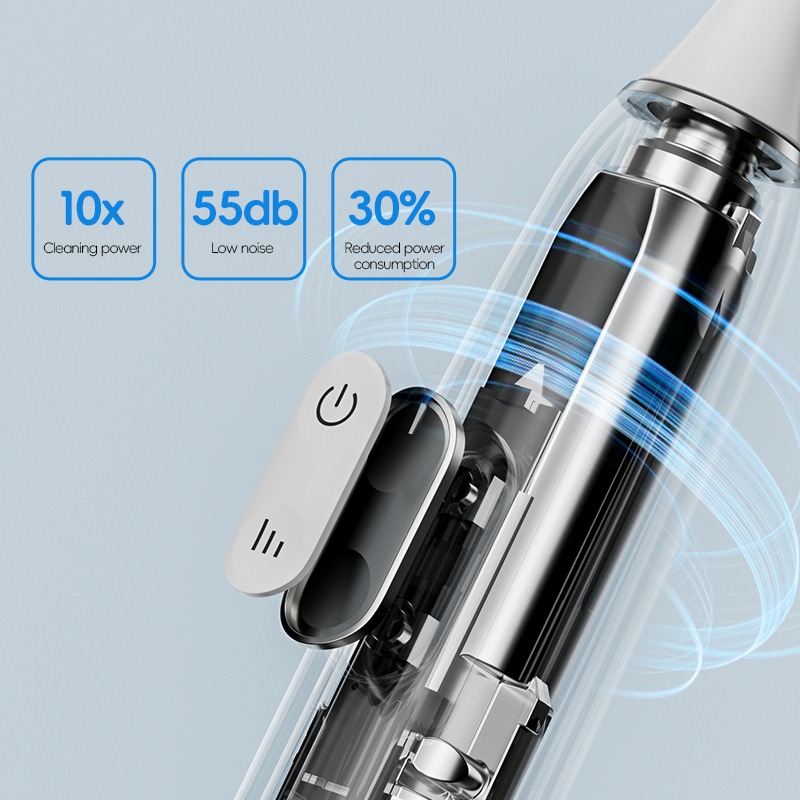
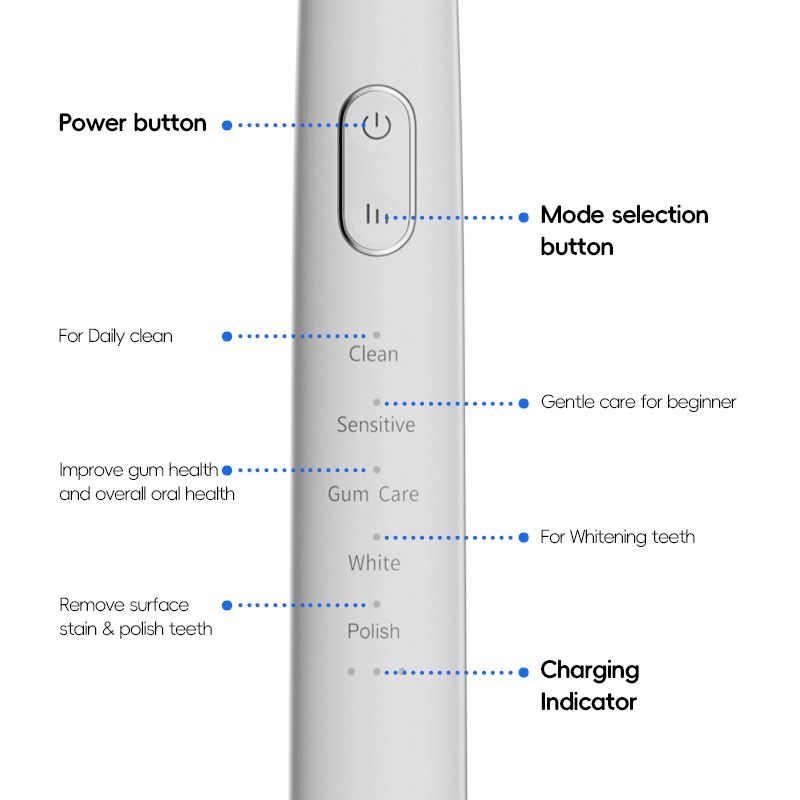
Several overlooked factors in product development can exacerbate both issues:
For example, using a non-balanced impeller in a water flosser pump can cause both loud noise and micro-pressure spikes—creating a dual-source irritation for sensitive users.
Manufacturers looking to offer consistent user comfort must enforce stringent validation protocols, including:
These tests should be part of every pre-shipment QA batch for private label partners or high-end export markets.
Solving noise disturbance and sensitivity spikes isn’t just damage control—it’s an opportunity. Brands can position themselves as premium by:
In an era where consumers value both function and feel, quiet and comfort are no longer optional—they are a core value proposition.
When noise disturbance and sensitivity spikes intersect, they don’t just irritate—they alienate. For B2B manufacturers and brand owners, these symptoms signal critical points of engineering refinement. Fortunately, with the right combination of acoustic control, vibration management, and smart quality validation, the problem is not only solvable—it can be flipped into a selling point that builds loyalty, reduces returns, and drives long-term product success. Contact us
Corporate Wellness Toothbrush Gifts Bulk Supplier

Pressure-Sensitive Electric Toothbrush Suppliers for Dental Chains
.jpg)
Which Product Functions and Performances of Water Flossers Are Users Most Concerned About?
.jpg)
Can’t the AI-powered brushing experience of Oral-B iO Series 9 completely revolutionize your daily care routine?
Seattle Dental Supply Sonic Toothbrush
Texas Flag Pattern Toothbrush
.jpg)
7 At-Home Dental Care Products Your Kids Will Love

Different types of water flosser nozzles and how to choose the right nozzle?

How to Deal with Sudden Tooth Sensitivity?
Valve Jamming Causing Salivary Alteration – Fixable?
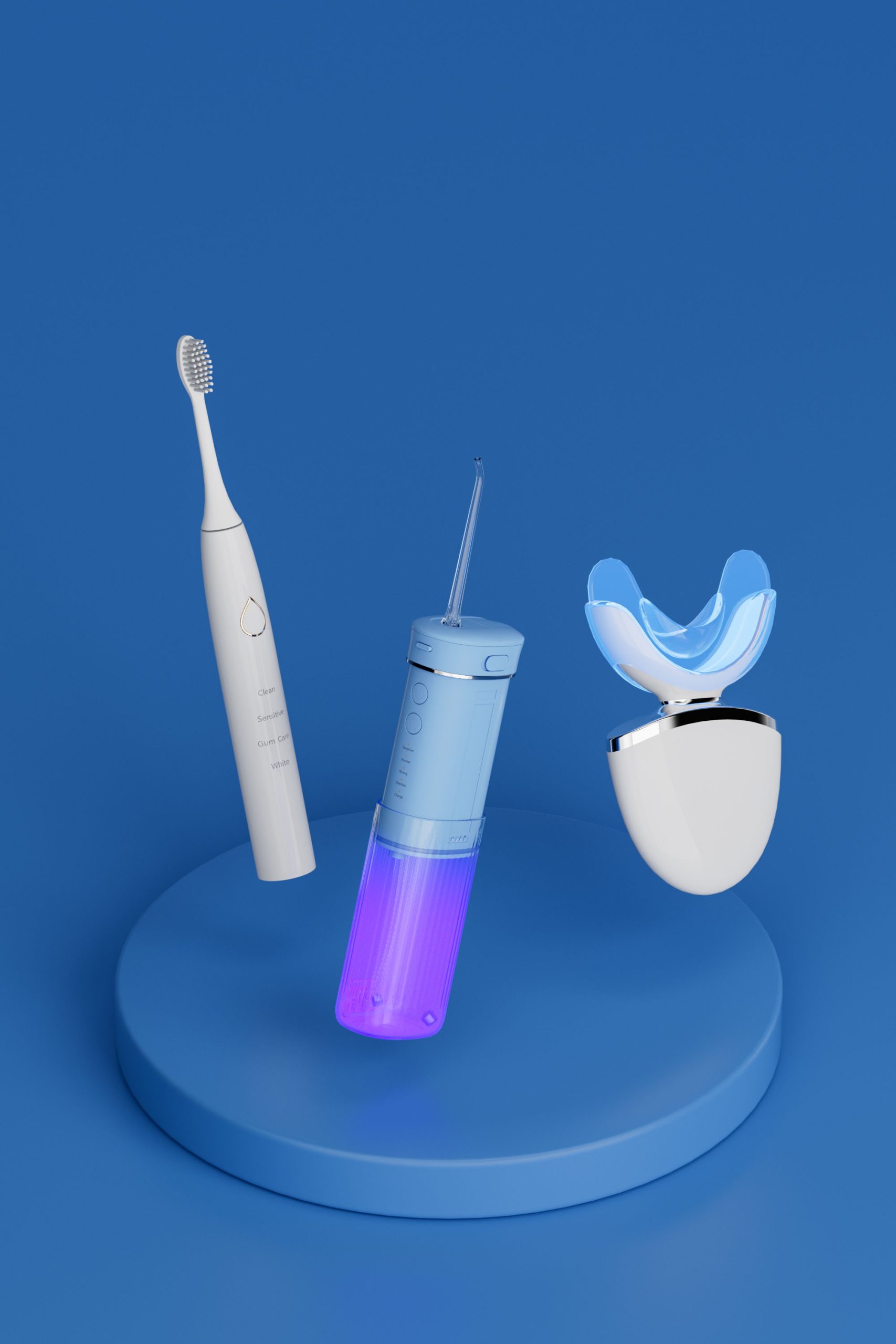
Why a Hindi brushing guide is essential for your First-time user guide
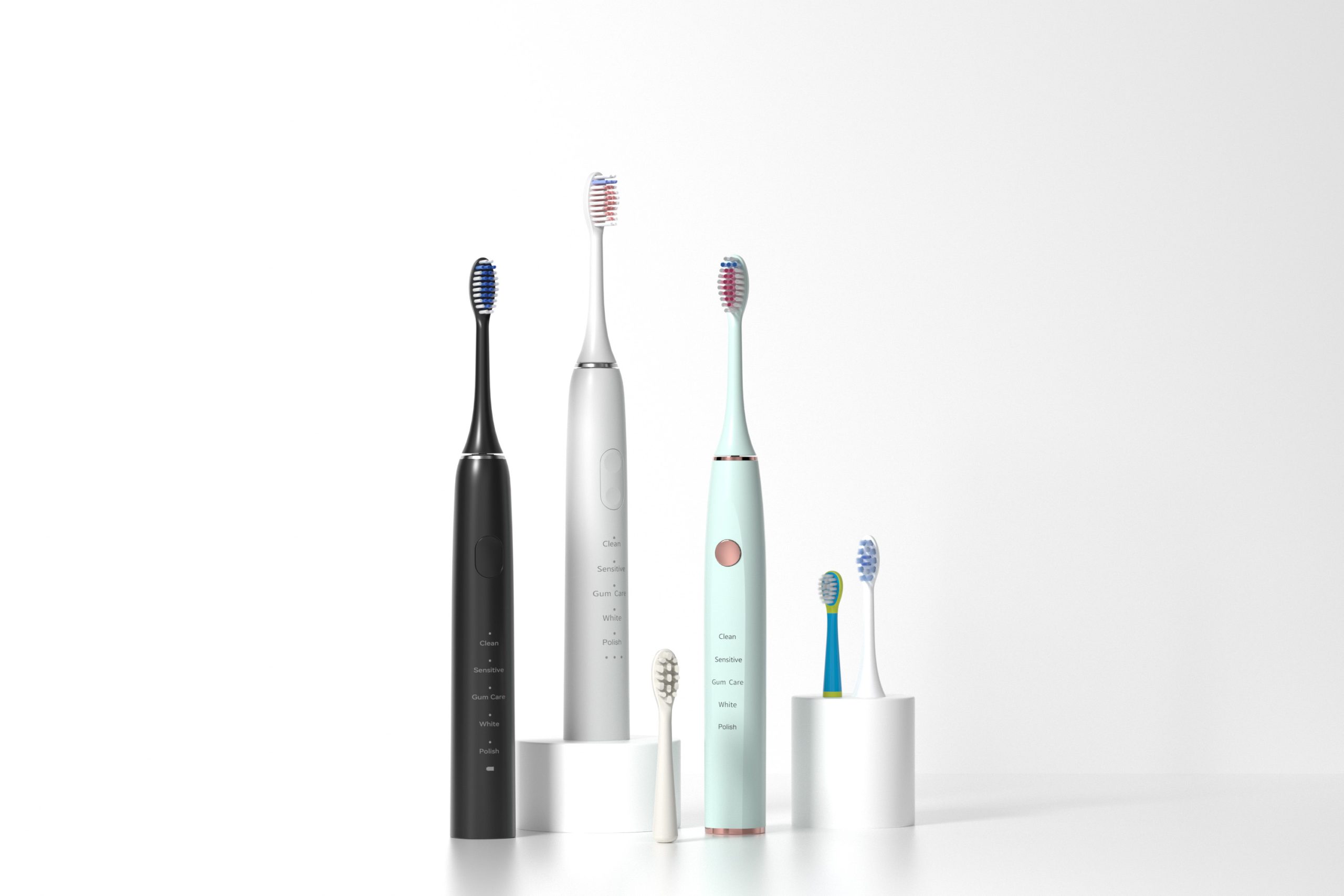
Troubleshooting Electric Toothbrush Problems: A Guide for Brands & Factories
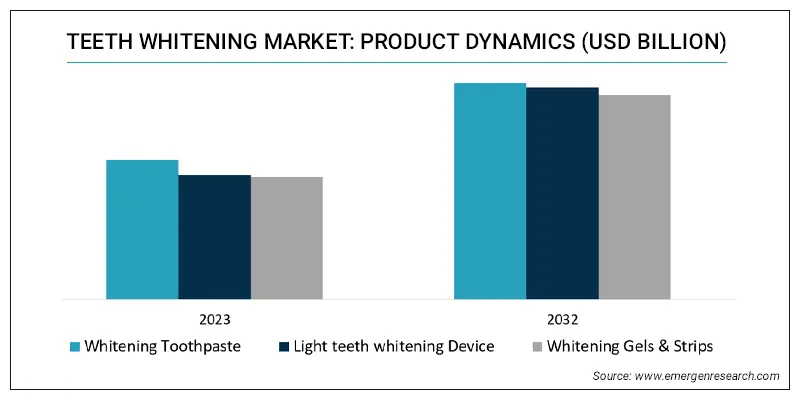
New Technical Possibilities for Wireless Teeth Whitening Devices
Texas Themed Gift Electric Toothbrush

Can hydrogen peroxide whiten teeth?
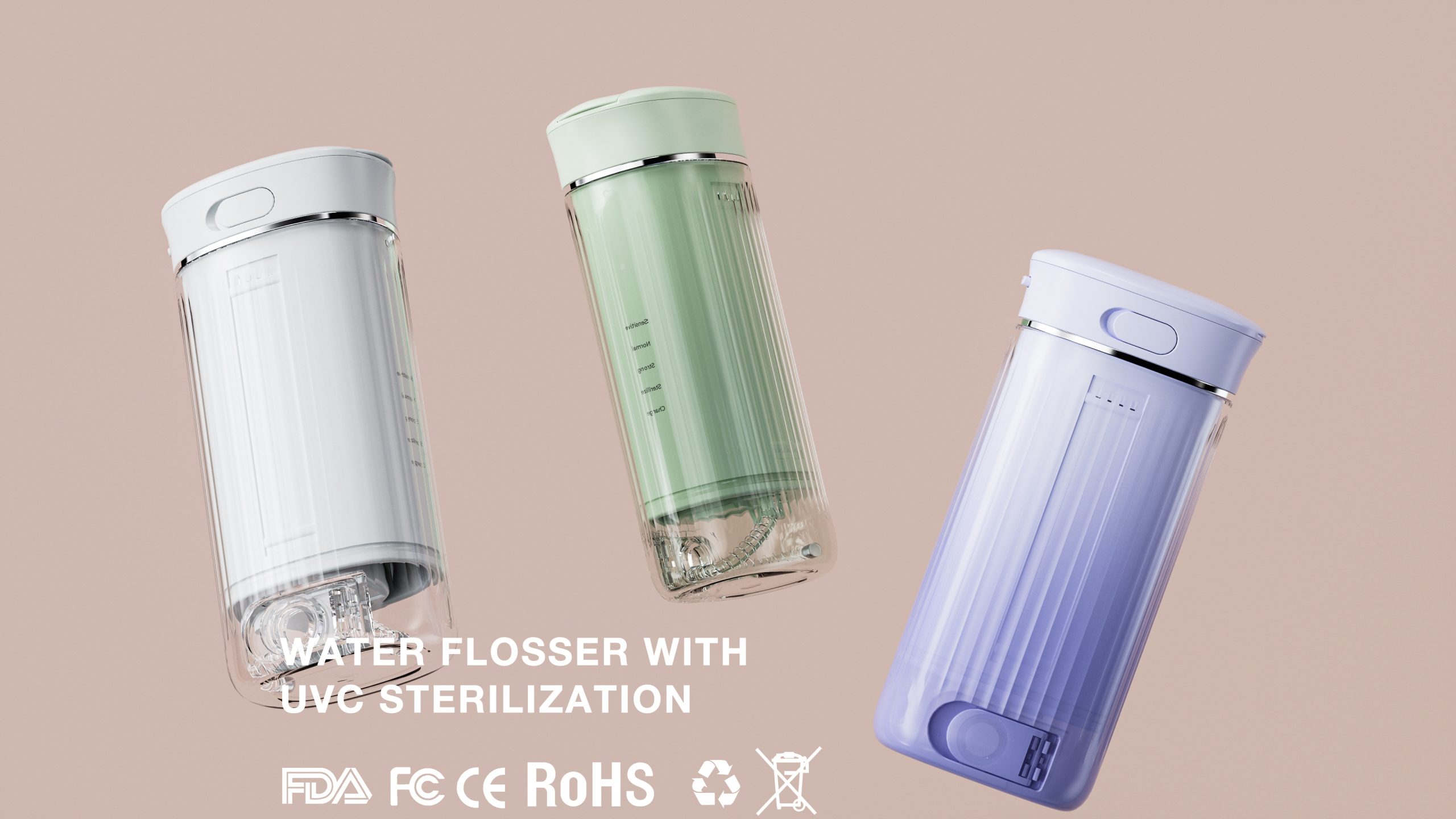
Efficient production line optimization and quality improvement for tooth flosser factory

electric toothbrush heads Regular Clean
.jpg)
Florida Electric Toothbrush – Powsmart PTR-C8

Private Label Whitening Gel

electric toothbrush heads Ultra Soft

electric toothbrush heads Charcoal Infuse-Round

Electric toothbrush heads Charcoal Infused-Diamond

electric toothbrush heads Deep Clean

Customization Teeth Whitening Gel
whstapp
whstapp
National Toll-Free Service Hotline
+86 755 86238638